Between 400,000 and 48,000 BC, a group of humans, later known as the Denisovans, lived in Asia. They interbred with humans who were expanding from Africa along the coast of South Asia. In 2010, fossil evidence from a Siberian cave discovered in 2008 revealed that their DNA was related to the DNA of people from New Guinea, who have 4.8% Denisovan DNA.
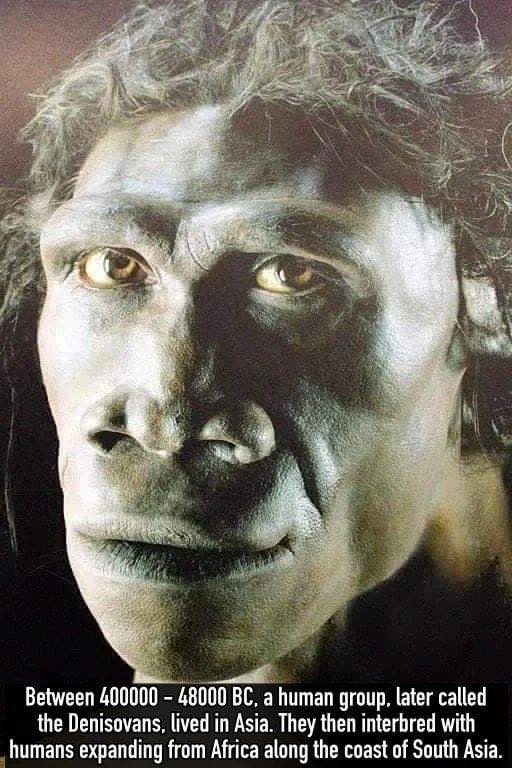
Once upon a time, in a distant world, there was a special species of hominid known as the Denisovans. They were close relatives of modern humans and a recent discovery in the human family tree. The story of the Denisovans begins when scientists first identified their remains in a cave in Siberia in 2010.
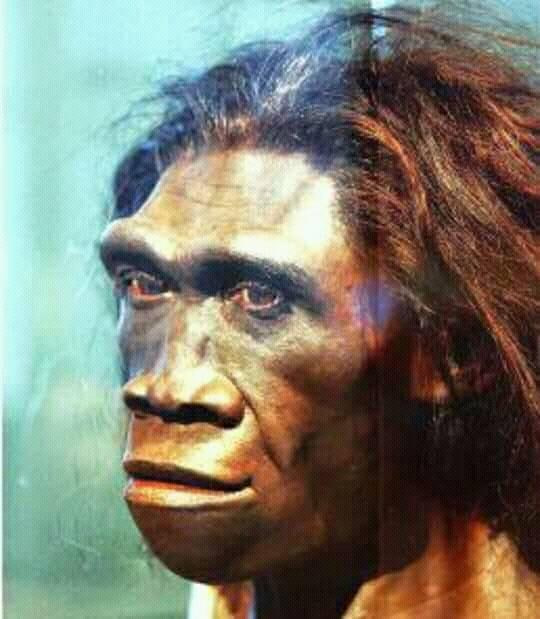
The Denisovans might have lived from Siberia to Southeast Asia during the last Ice Age. DNA evidence suggests that Denisovans are related to both Neanderthals and modern humans, and they might have interbred with both. They share a common ancestor with both modern humans and Neanderthals, known as Homo heidelbergensis, which most likely lived in Africa.
Around 300,000 to 400,000 years ago, a group of Homo heidelbergensis left Africa and expanded into Eurasia, eventually splitting into two groups: those who moved west into Europe evolved into Neanderthals, and those who moved east into Asia became Denisovans. Our ancestors, modern humans, remained in Africa and evolved into Homo sapiens.
Approximately 40,000 to 60,000 years ago, modern humans and Denisovans likely met for the first time in Eurasia after Homo sapiens began their migration out of Africa. This encounter marked a new phase in human history, where different hominid species began to interact and interbreed.
The Discovery of Denisovans
In 2008, Russian paleoanthropologists exploring Denisova Cave, located in the Altai Mountains along Russia’s southern border with China and Mongolia, found a tiny, pea-sized fragment of finger bone. This fossil belonged to a young girl aged between five and seven years old, who lived around 40,000 years ago. The cold weather in the Siberian cave helped preserve ancient DNA.
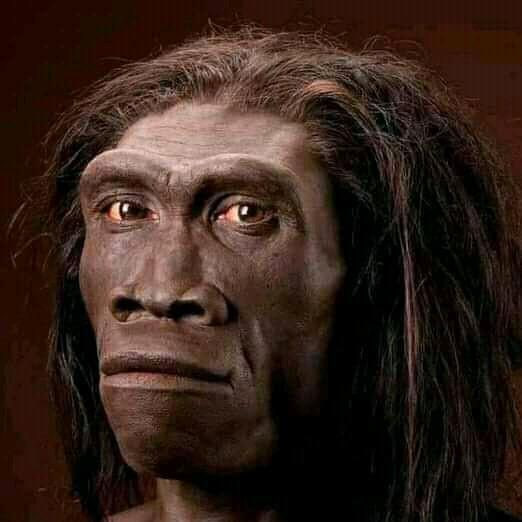
By 2010, a group of scientists led by Svante Paabo from the Max Planck Society in Germany extracted DNA from the tiny bone fragment. They sequenced the girl’s genome and compared it with the genomes of modern humans and Neanderthals. The results showed that the girl was genetically similar to both species but distinct enough to be considered a new species of human. They named this archaic human Denisovans after the cave where the fossil was discovered.
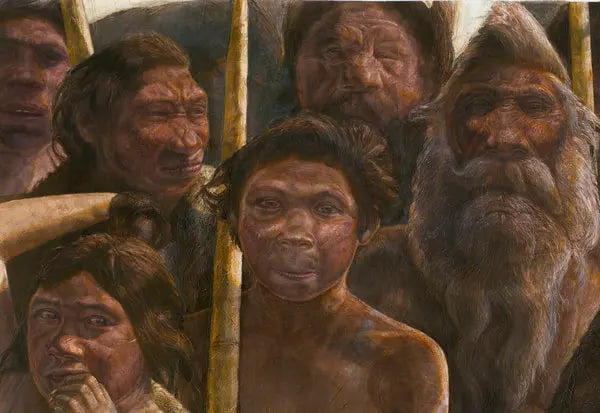
Since then, scientists have found fossilized teeth from three other Denisovan individuals, all from inside Denisova Cave.
Denisovan DNA
Although very few Denisovan fossils have been found, most of what we know about them comes from their DNA. It’s unclear when Denisovans evolved or when they went extinct, but DNA evidence suggests they lived in Asia at least 80,000 years ago. They might have had dark skin, dark hair, and dark eyes. The Denisovan genome appears to have low genetic diversity, indicating their population might never have been very large.
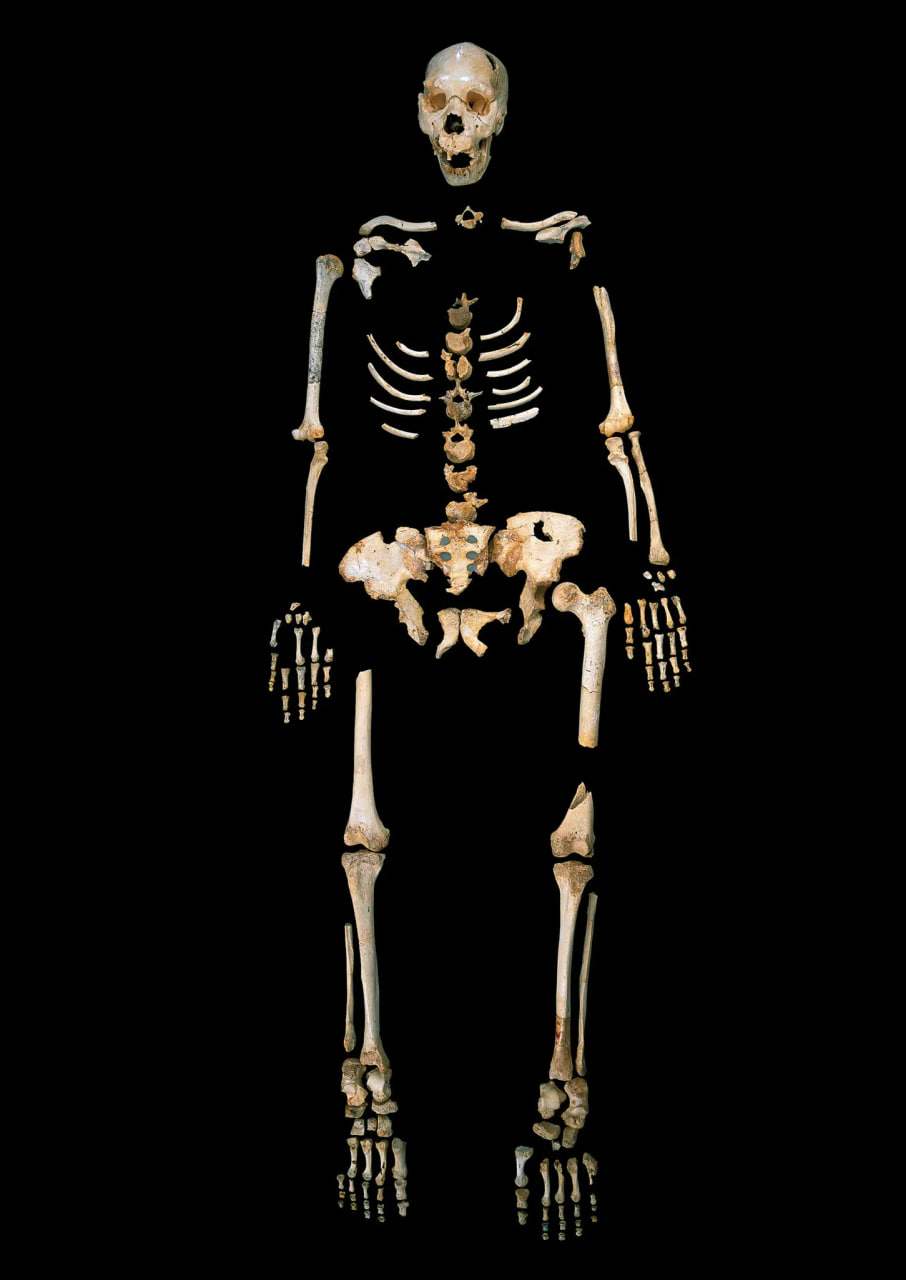
Research indicates that the ancestors of modern humans might have interbred with Denisovans, and Denisovan DNA can still be found in the human genome. Some present-day East Asian groups, particularly Melanesians, may have inherited up to five percent of their genetic material from Denisovans. Melanesians are Pacific Islanders native to a region spanning from Papua New Guinea to Fiji.

Scientists theorize that Denisovans living in East Asia might have interbred with the ancestors of Melanesians before they crossed the Pacific Ocean to reach Papua New Guinea around 45,000 years ago. Tibetans and Han Chinese also have traces of Denisovan DNA in their genomes. In 2014, researchers discovered that ethnic Sherpas likely inherited a “super athlete” gene variant from Denisovans, which helps them breathe easily at high altitudes.
The 400,000-Year-Old Clue to Human Origins
New clues about the biological history of humans have been discovered, but instead of clarifying human evolution, they add new mysteries. In a paper in the journal Nature, scientists reported that they retrieved ancient human DNA from a fossil dating back about 400,000 years, breaking the previous record of 100,000 years.
The fossil, a thigh bone found in Spain, was previously thought by many experts to belong to a forerunner of Neanderthals. However, its DNA tells a very different story, resembling that of Denisovans. This discovery has led scientists to rethink human evolution over the past few hundred thousand years.
One possibility is that there are many extinct human populations that scientists have yet to discover. They might have interbred and exchanged DNA with each other. Scientists hope that further studies of ancient human DNA will clarify this mystery.
Conclusion
The story of the Denisovans is not just a new chapter in the history of human evolution but also a lesson in the complexity and mystery of the evolutionary process. Through discoveries and research, we gradually understand more about our origins and realize that the story of humanity is not a simple journey but a complex web of interactions and transformations. The discovery of the Denisovans has opened a new door, helping us continue our journey of exploration and self-understanding.




